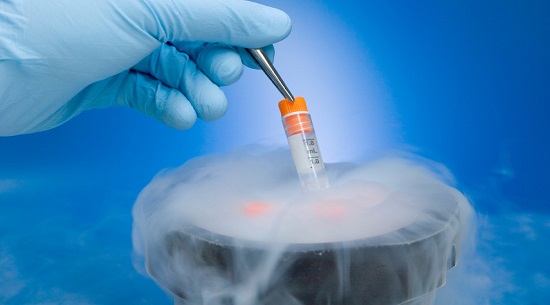Effect of Cryopreservation on Human Adipose Tissue and Isolated Stromal Vascular Fraction Cells: In Vitro and In Vivo Analyses
Adipose tissue is a source of adipose-derived stromal/stem cells for tissue engineering and reconstruction and a tissue source for fat grafts. Although liposuction is a simple procedure for the harvest of adipose tissue, the repetition of this surgical intervention can cause adverse effects to the patient and can be a limiting factor for immediate use.
Adipose tissue is a source of adipose-derived stromal/stem cells for tissue engineering and reconstruction and a tissue source for fat grafts. Although liposuction is a simple procedure for the harvest of adipose tissue, the repetition of this surgical intervention can cause adverse effects to the patient and can be a limiting factor for immediate use. Cryopreservation can avoid the morbidity associated with repetitive liposuction, allowing the use of stored tissue after the initial harvest procedure. This article focuses on the characterization of fresh and cryopreserved human adipose tissue.
Lipoaspirates from eight donors were processed as fresh adipose tissue or cryopreserved for 4 to 6 weeks. Fresh and cryopreserved tissues were collagenase digested and the stromal vascular fraction cells were characterized immediately or cryopreserved. Characterization was based on stromal vascular fraction cell proliferation and immunophenotype. In vivo fat grafting was performed in C57BL/6 green fluorescent protein mice to analyze morphology of the tissue and its adiposity using confocal microscopy, histochemical staining (i.e., hematoxylin and eosin and Masson trichrome), and immunohistochemistry.
Although tissue and stromal vascular fraction cell cryopreservation reduced the total cell yield, the remaining viable cells retained their adhesive and proliferative properties. The stromal vascular fraction cell immunophenotype showed a significant reduction in the hematopoietic surface markers and increased expression of stromal and adipogenic markers following cryopreservation. In vivo cryopreserved fat grafts showed morphology similar to that of freshly implanted fat grafts.
Reference: https://insights.ovid.com/pubmed?pmid=29369990





ارسال به دوستان